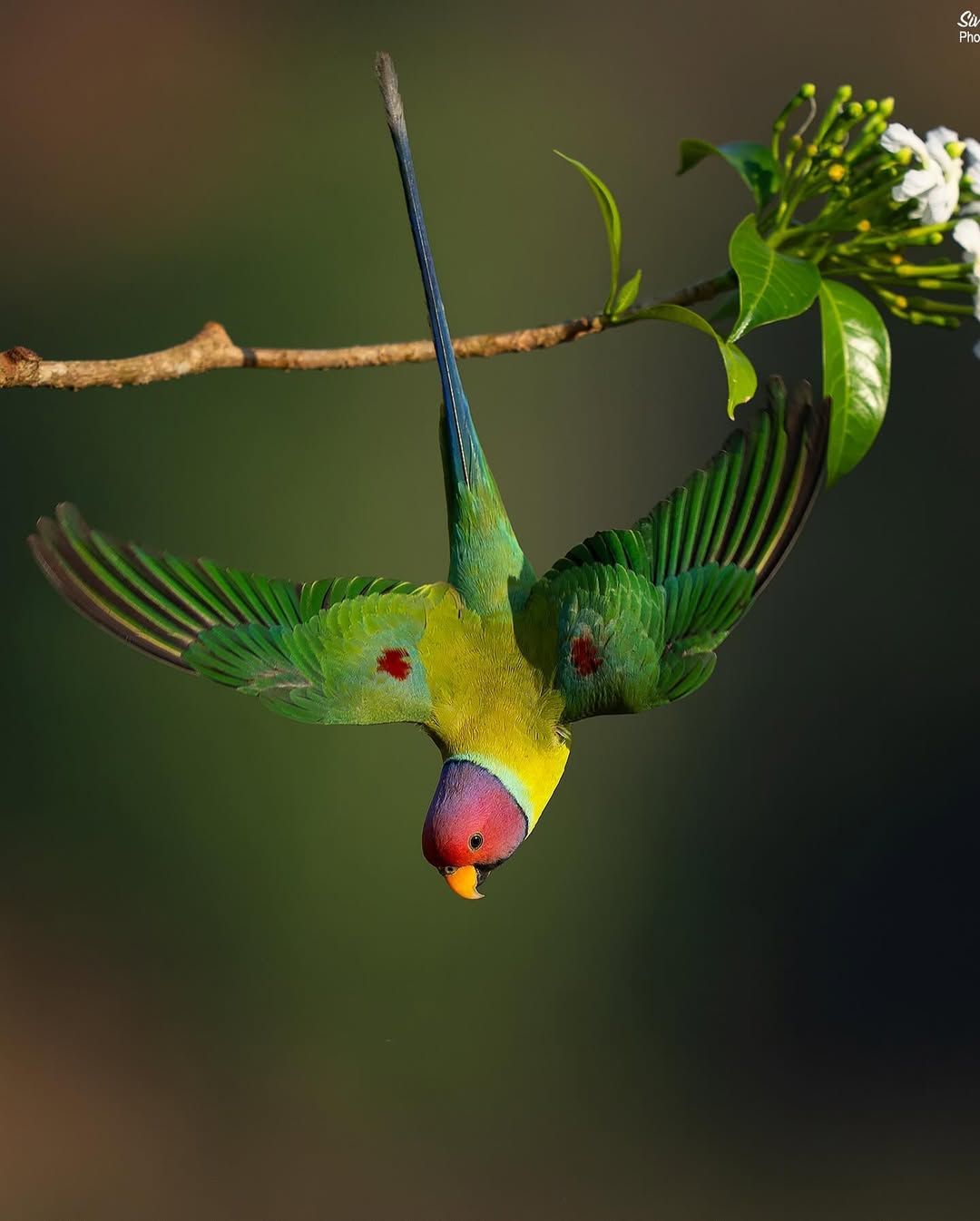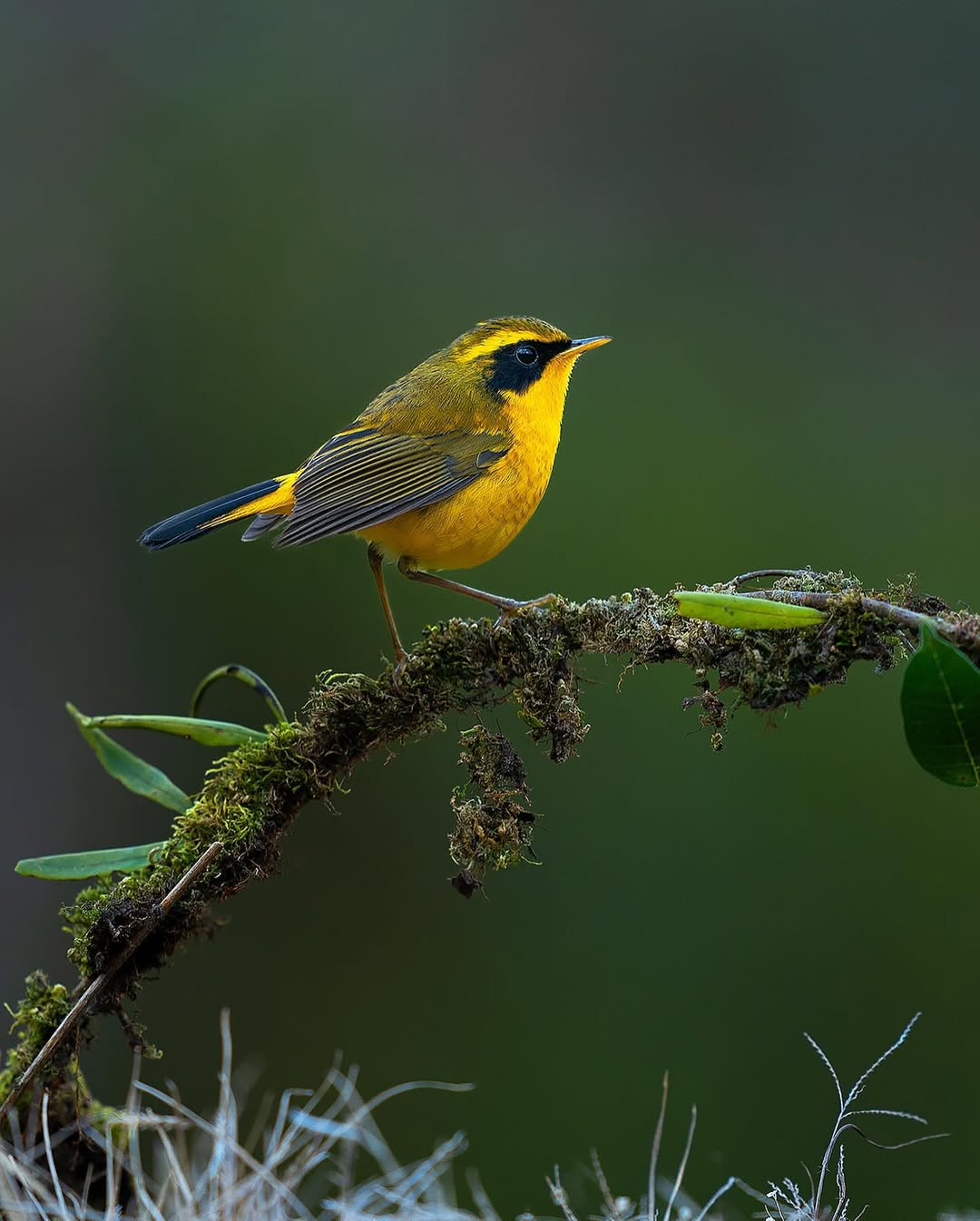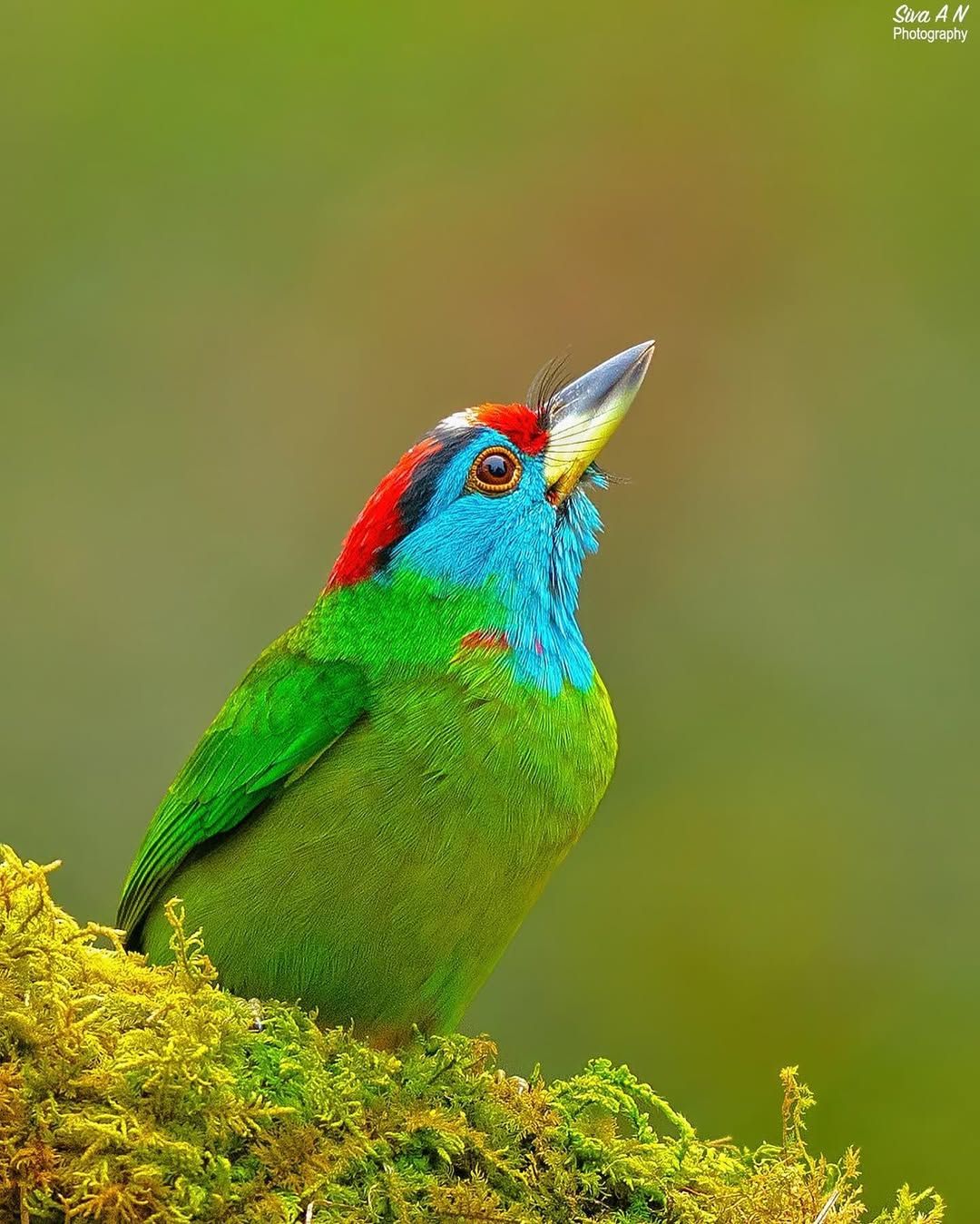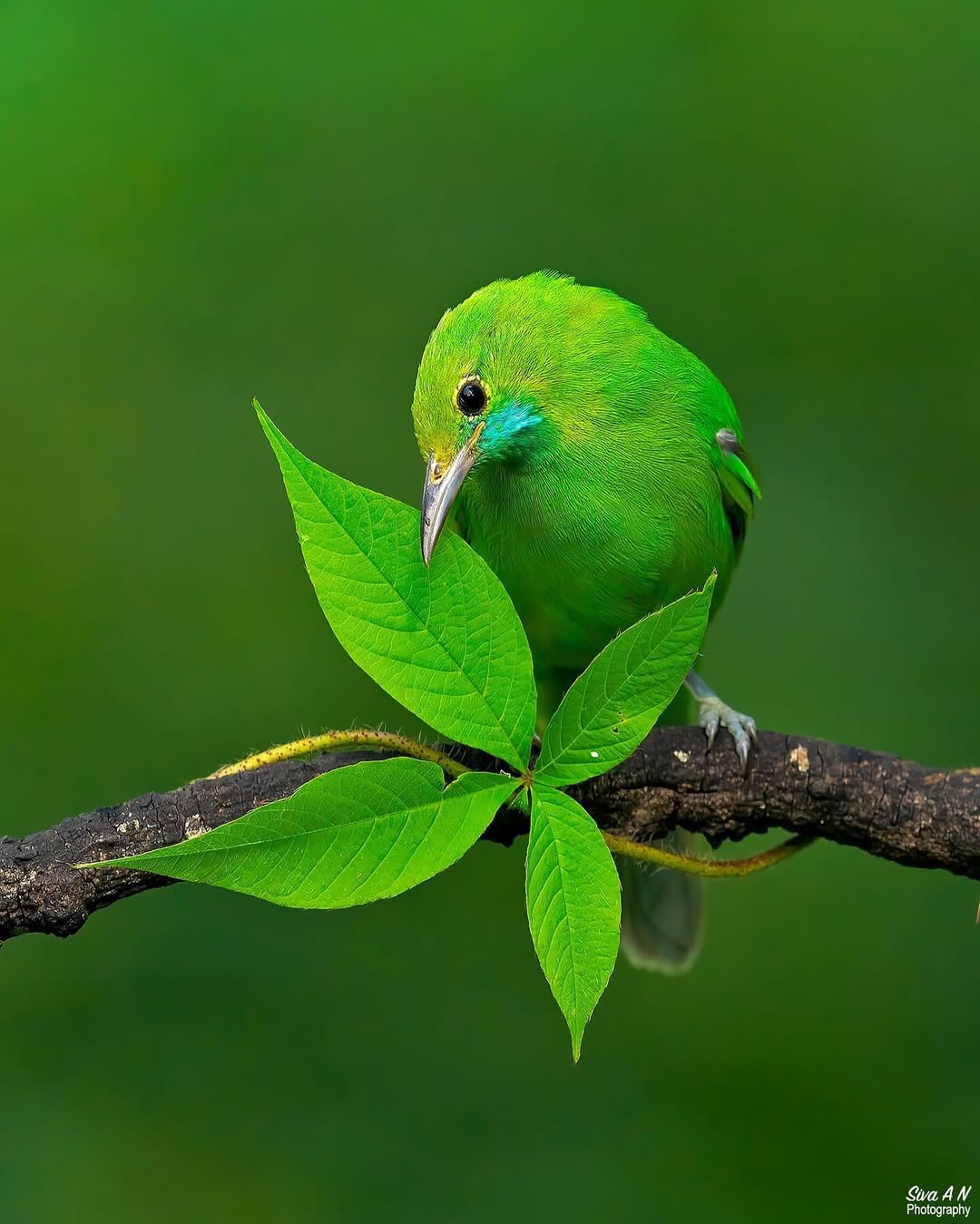For years, the prevailing view among scientists was that birdsong was a behaviour almost exclusively exhibited by males. However, recent research has challenged this assumption, shedding light on the vital role female birds play in avian communication. A new study published in the International Journal of Avian Science argues that researchers have historically undervalued female birds, often due to unconscious biases that prioritise their brighter and more conspicuous male counterparts.
++ Why the seven dwarfs in the Snow White remake are CGI
Dr Joanna Wu, an ornithologist and ecologist at the University of California, Los Angeles, explains that in species where males and females look identical, such as crows, distinguishing behavioural differences becomes even more difficult. These biases mirror those found in human research and could have serious implications for conservation efforts. Dr Karan Odom, a behavioural ecologist at the University of the Pacific, who was not involved in the study, emphasises that overlooking females means neglecting a crucial segment of bird populations, potentially compromising survival strategies in a changing world.
One striking example is the golden-winged warbler, where females occupy lower-elevation habitats outside the breeding season, making them more vulnerable to habitat destruction. As conservation efforts have traditionally focused on the males’ environment, research indicates that in just 16 years, female warblers lost twice as much non-breeding habitat as their male counterparts. Additionally, findings suggest that female birds tend to travel farther during migration and experience lower survival rates—factors that increase their exposure to predators and environmental stressors. These differences could make females more susceptible to climate change, ultimately affecting entire populations.
++ Which came first, the chicken or the egg? Science explains
The study’s findings echo patterns seen in human-focused research, where medical and scientific investigations have long centred on male subjects. Dr Elizabeth Comen, a medical oncologist at NYU Langone Health, argues that historical biases in leadership and research funding have influenced the questions being asked in scientific studies. Just as understanding differences in male and female health is crucial for improving overall well-being, recognising disparities in bird behaviour could enhance conservation strategies. “This is not about choosing one over the other,” says Dr Comen, “but about aligning research to benefit entire populations.”





